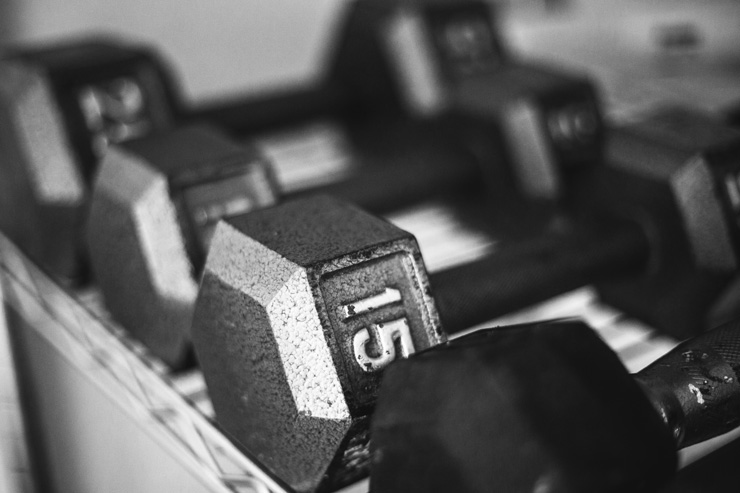
While cardiovascular exercise is important to your heart health, strength training also has myriad benefits, especially for seniors
—
Most people associate cardiovascular exercise with improved heart health, but weightlifting can also play a key role in preventing heart disease. According to researchers at Iowa State University, lifting weight for less than one hour a week — even without any additional cardiovascular exercise — can reduce the likelihood of you having a heart attack or stroke by 40 to 70%.
If you thought you were too old for weights, think again. A study at Wake Forest University showed that for seniors, combining weights with a low-calorie diet preserves the vital muscle mass that can be lost during aerobic workouts. The researchers stated that “A lot of older adults will walk as their exercise of choice. But this research shows that if you’re worried about losing muscle, weight training can be the better option.”
Given that weightlifting can help you live longer, what’s stopping you from embracing this healthy strength training activity?
Benefits
In the Iowa State study, researchers analyzed the habits of 13,000 adults, measuring cardiovascular events that did not result in death, all cardiovascular events, and the risk of death as a whole. Strength training (weights), they found, reduced the likelihood of all three.
The scientists also found that resistance workouts reduced the risk for diabetes and high cholesterol, both of which are linked to heart disease. Their results additionally showed that less than one hour of lifting weights was linked to a 29% lower likelihood of metabolic syndrome — a series of conditions including having a high BMI and large waist circumference, high blood sugar, and abnormal cholesterol or triglyceride levels. These factors, when occurring together, raise the risk of stroke, heart attack and diabetes.
Barriers
Research conducted by Gallup shows that around 83% of Americans ‘sometimes’ take part in moderate exercise, 51% regularly undertake vigorous exercise, but only 27% lift weights. Why is this the case? Most likely due to the fact that resistance exercise like weight lifting can seem to be more difficult to incorporate into your daily routine.
While it is indeed true that cardiovascular exercise like walking or jogging can seem like a more natural and economical addition to your daily life, the truth is that joining a gym or buying weightlifting equipment is not the only way to incorporate strength straining exercise. As researcher D.C. Lee stated…
“My muscle doesn’t know the difference if I’m digging in the yard, carrying heavy shopping bags, or lifting a dumbbell.”
Fears
Some people fear weights because they believe the myths that weightlifting bulks you up. Weight lifters will tell you, however, that muscle is actually very difficult to build, and requires a very specific type of training that uses heavier weights and/or more repetitions.
Other people feel that weights can be ‘painful.’ The truth is that it yes, it may take the body a couple of days to heal from the microscopic injuries to muscles which can occur when you first lift weights. To help your body adjust to this new exercise, a personal massager or vibrating foam roller can be used at the end of a workout to soothe your muscles after your resistance workout. These massagers are small and light, so they can easily fit into a workout bag. Ultimately, weightlifting can become a pleasurable, as well as beneficial, part of your workout.
You may also enjoy reading Movement for the Mind: How Running Reduces Depression & Anxiety Symptoms by Ian Lewis